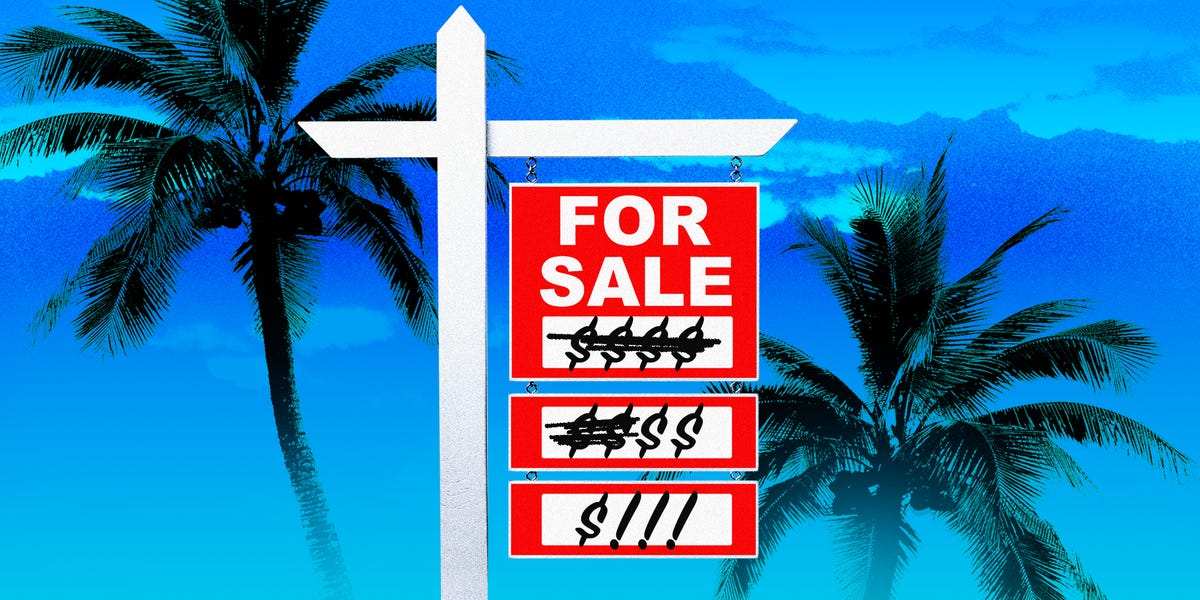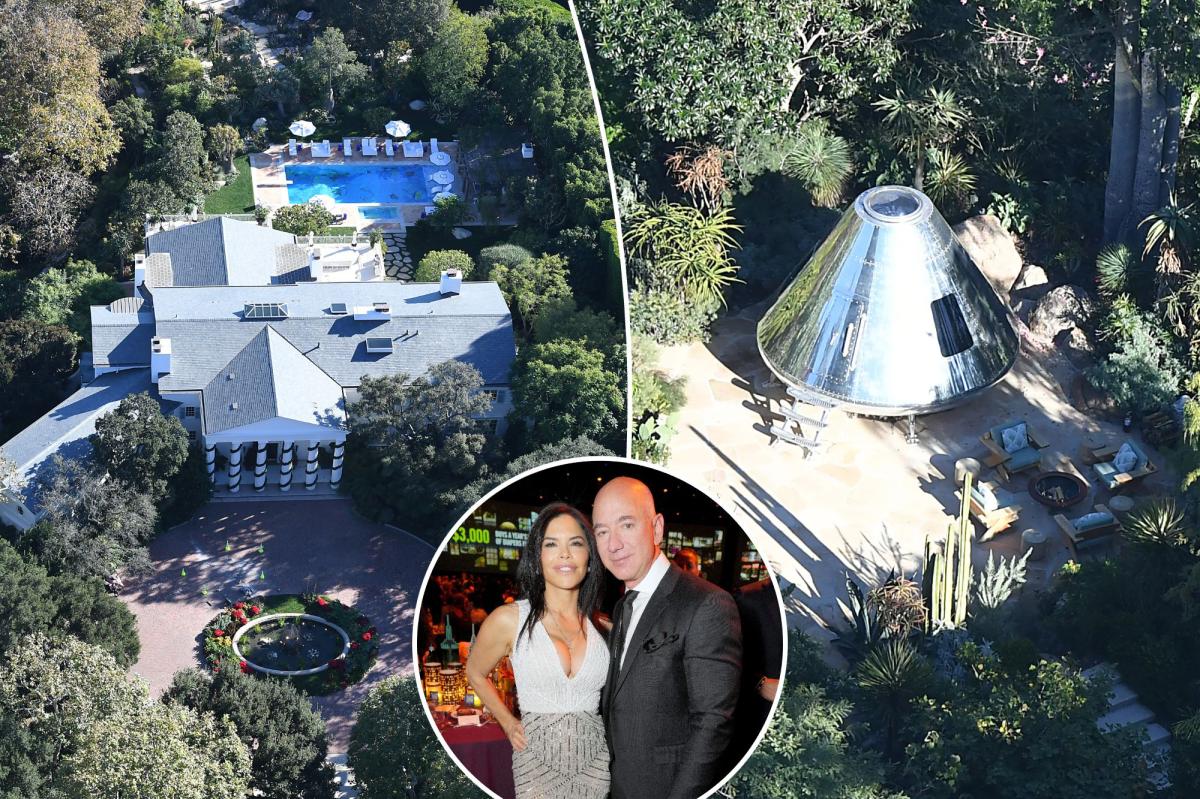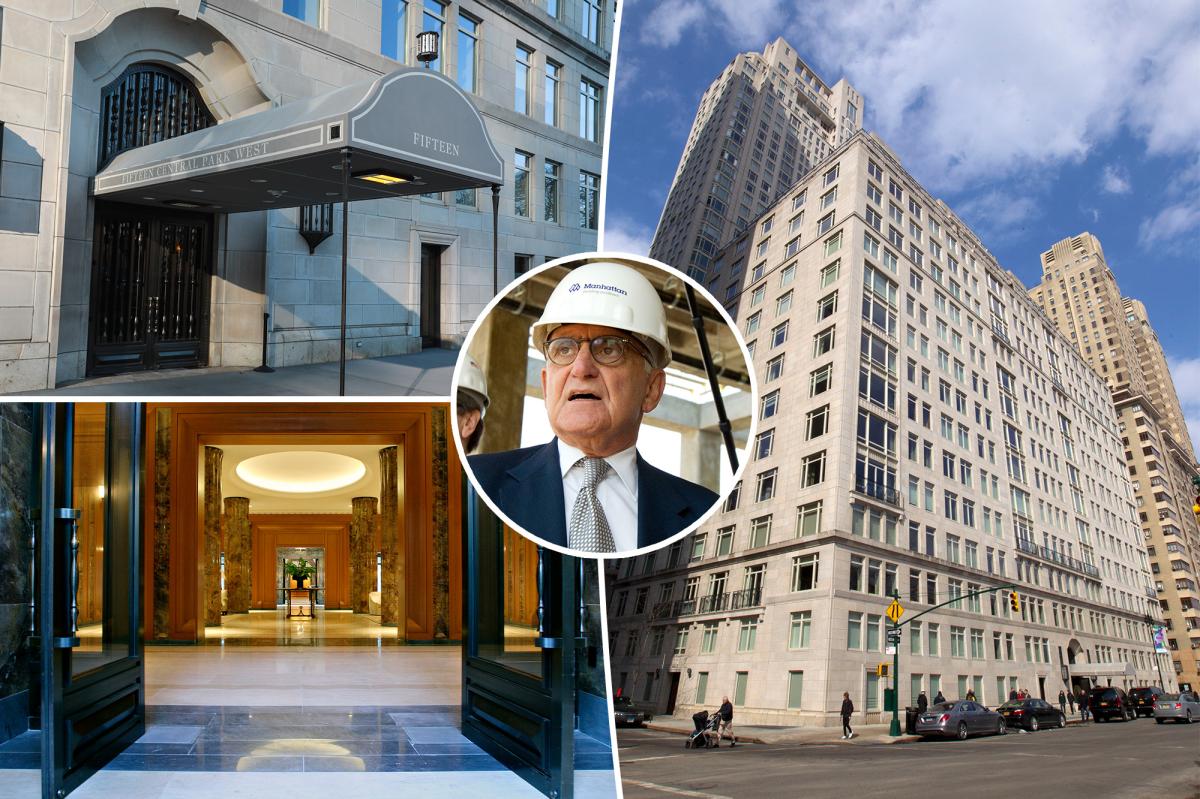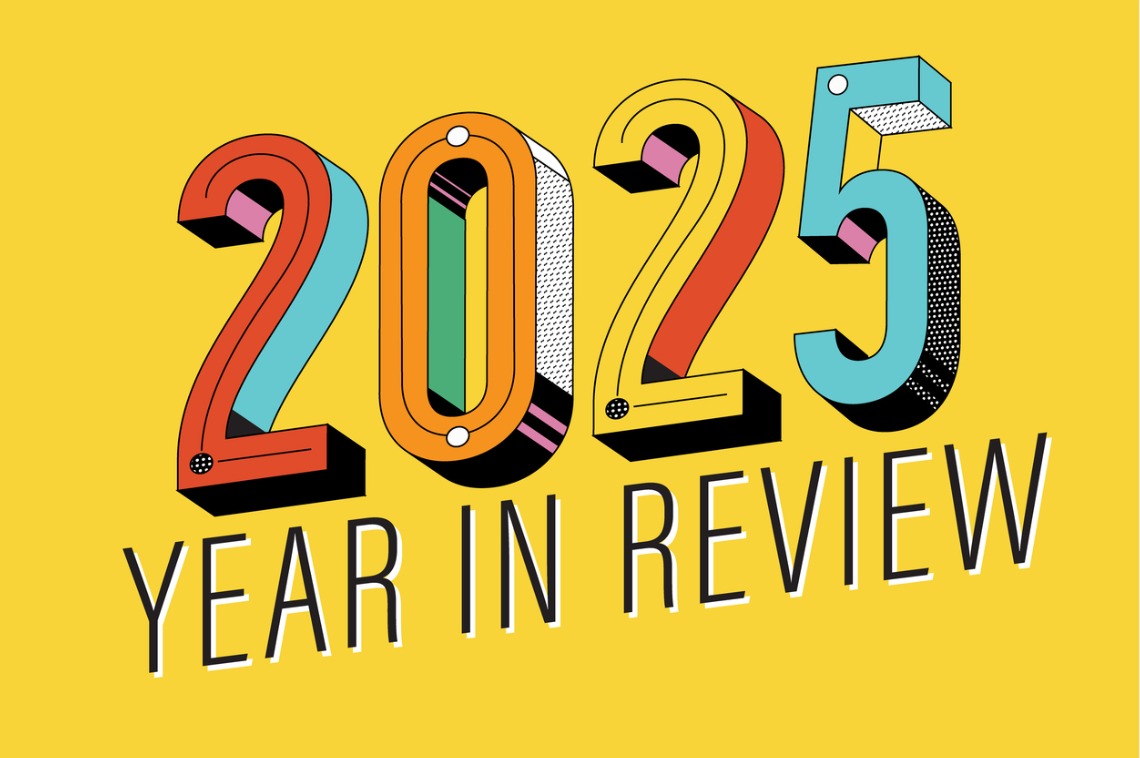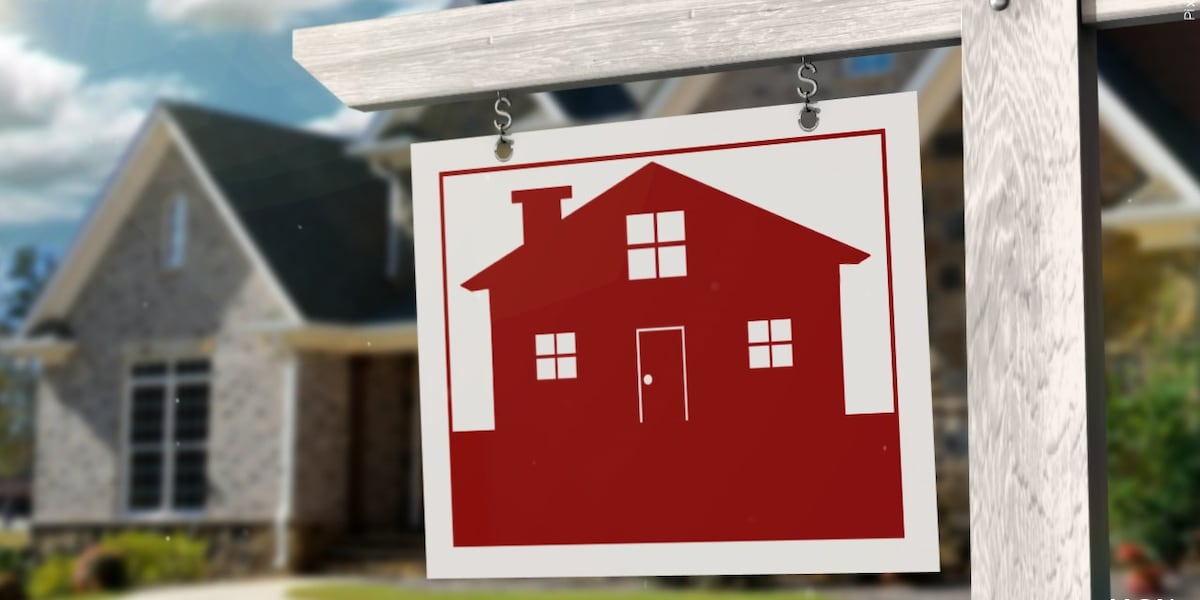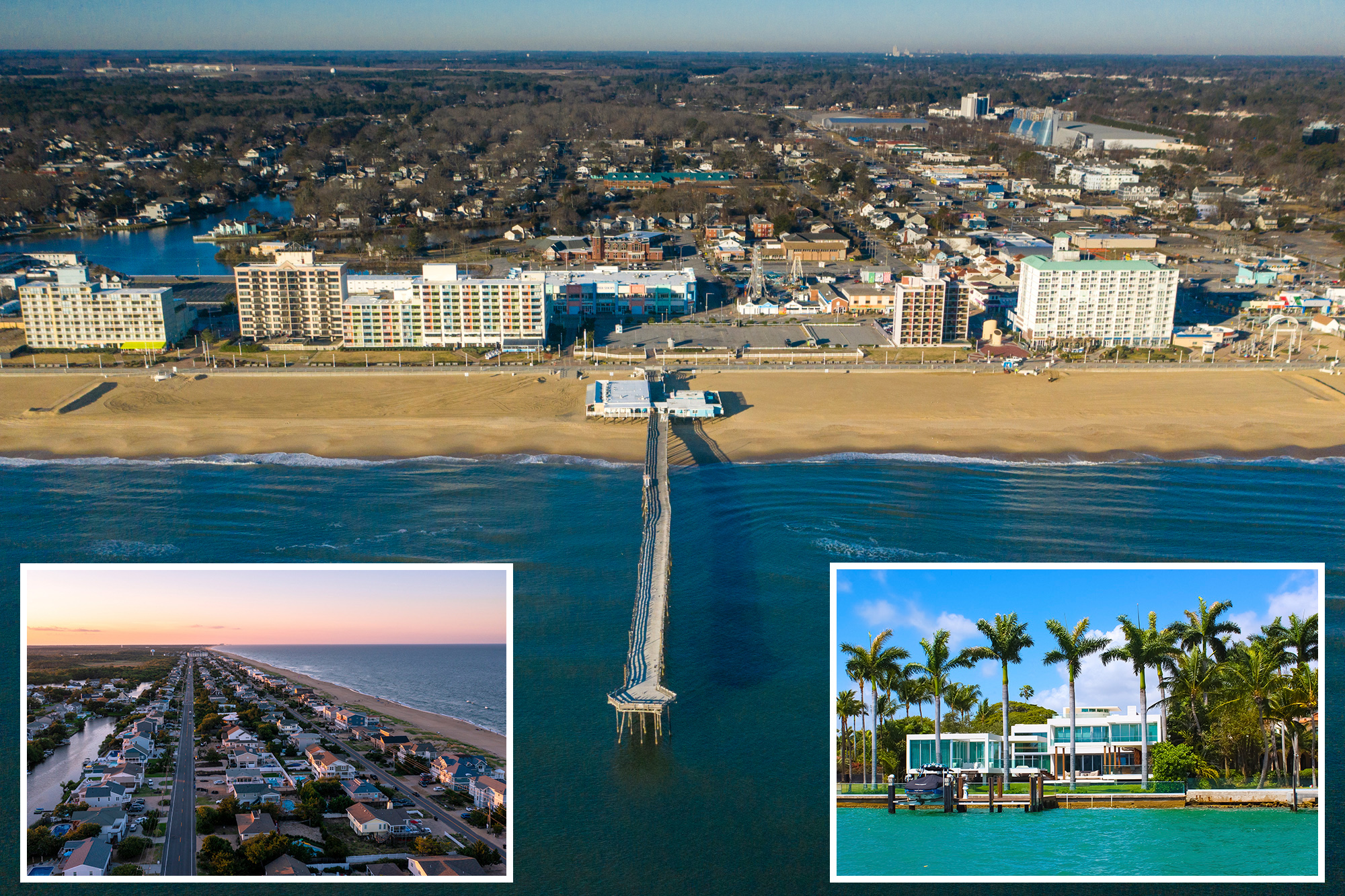S
un Belt cities that once thrived on the work‑from‑home boom are now facing a seller’s market. In 2021‑22 Austin, Tampa, Phoenix and Atlanta drew crowds of buyers, multiple offers, and all‑cash bids. Today, those same metros have excess inventory, falling prices and sellers who are cutting prices to move homes. A Parcl Labs study released to Business Insider shows that the lower‑half of the country—often called the Sun Belt—has the most “motivated” sellers, while the Midwest and Northeast remain strong, with tight inventory and rising prices.
The shift is not just a supply story. Builders poured resources into the Sun Belt during the pandemic, anticipating a boom that never fully materialized. New construction lagged behind demand, pushing prices up sharply. Austin’s home prices, for example, rose over 60 % from 2020 to 2022, then fell more than 23 % from the summer 2022 peak as inventory grew and mortgage rates climbed. Similar patterns appear in Denver, Dallas, Tampa and Charlotte: inventory has risen by 20‑50 % since 2019, while median prices have slipped or stagnated.
In contrast, cities like Buffalo, Milwaukee, Detroit and Cleveland have not seen the same construction surge. Their inventory remains below 2019 levels, yet prices have risen 4‑8 % year‑over‑year. These markets have retained bargaining power because they did not experience the same price run‑ups, and they have not attracted the same influx of new supply. The result is a two‑tiered market: sellers in the Sun Belt are desperate, while those in the Midwest and Northeast hold their ground.
Migration trends reinforce this divide. The North‑to‑South flow that accelerated during the pandemic has slowed. Net domestic migration to the South fell 38 % from the pandemic peak, while the Midwest’s net loss shrank by 60 % (though it remains negative). The Northeast’s net loss dropped to 192 000 from 390 000 in 2020. With fewer people moving into Sun Belt metros, demand has weakened, and sellers are forced to lower prices. In Denver, Charlotte and Jacksonville, more than half of single‑family listings have seen price cuts; in Boston, Philadelphia and Buffalo, less than a third have.
Parcl Labs’ Motivated Sellers Index—combining price cuts, cut frequency, cut size and time on market—highlights this disparity. The index is high across most of the Sun Belt and West, indicating sellers are ceding negotiating power. The Midwest and Northeast score low, showing sellers are still in a strong position. The index is a useful gauge of future price movements: high scores predict further price declines.
High mortgage rates keep many homeowners reluctant to sell. Existing owners cling to low rates, while renters wait for affordability to improve. This “stuck‑in‑place” dynamic dampens migration, especially from the South to the North, and keeps demand higher in the Midwest than in Texas or Florida. Low unemployment but low quits rates suggest workers are hesitant to leave jobs for a move, further slowing the market shift.
Looking ahead, the Sun Belt may stay below its pandemic highs, but the price cuts signal a realistic adjustment. Buyers in the South and Mountain West now have more leverage than in recent years. The Midwest and Northeast will likely maintain their advantage until migration patterns shift again. Until then, cities like Cleveland and Buffalo will continue to sit atop the housing‑market leaderboard.
